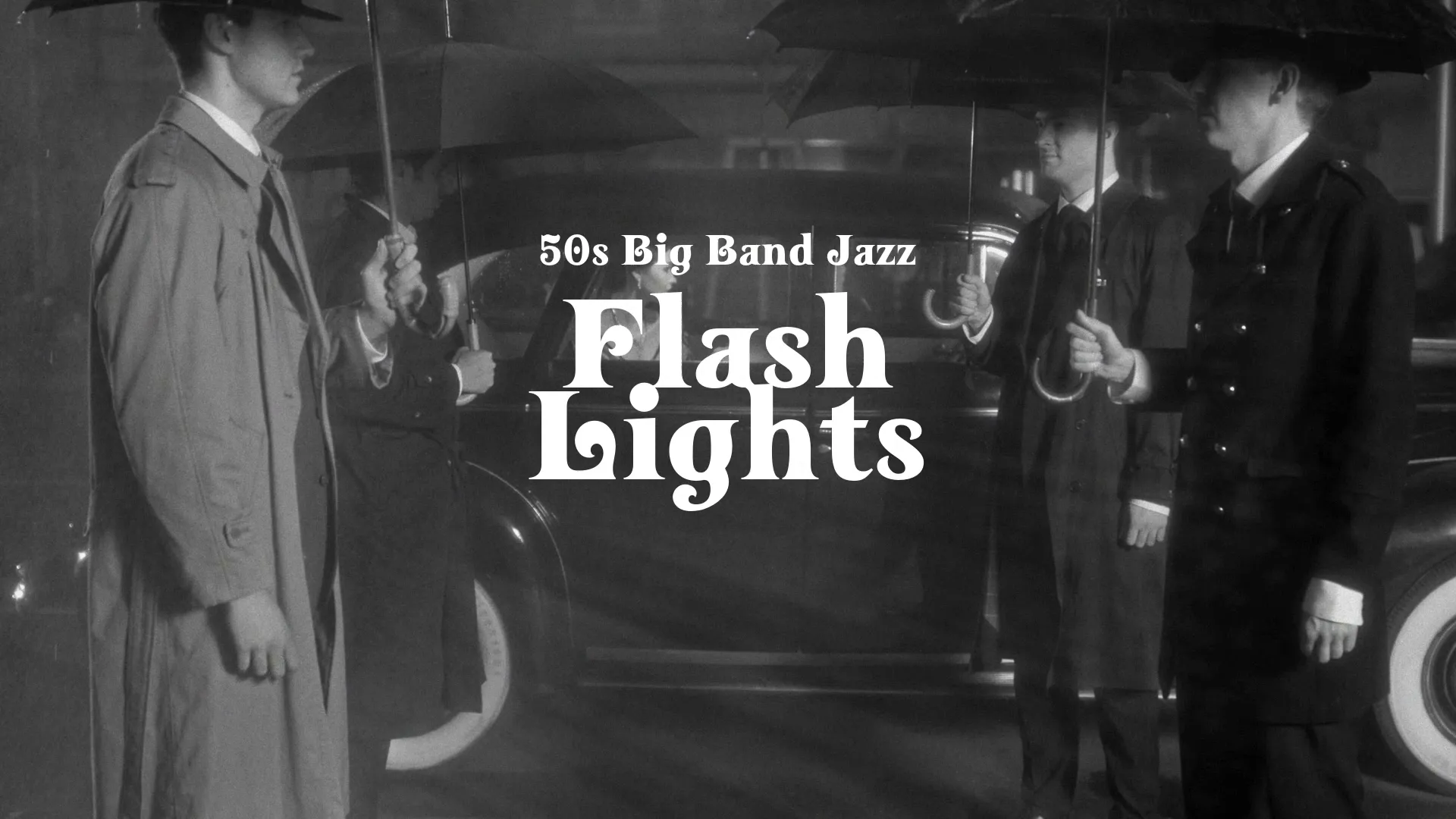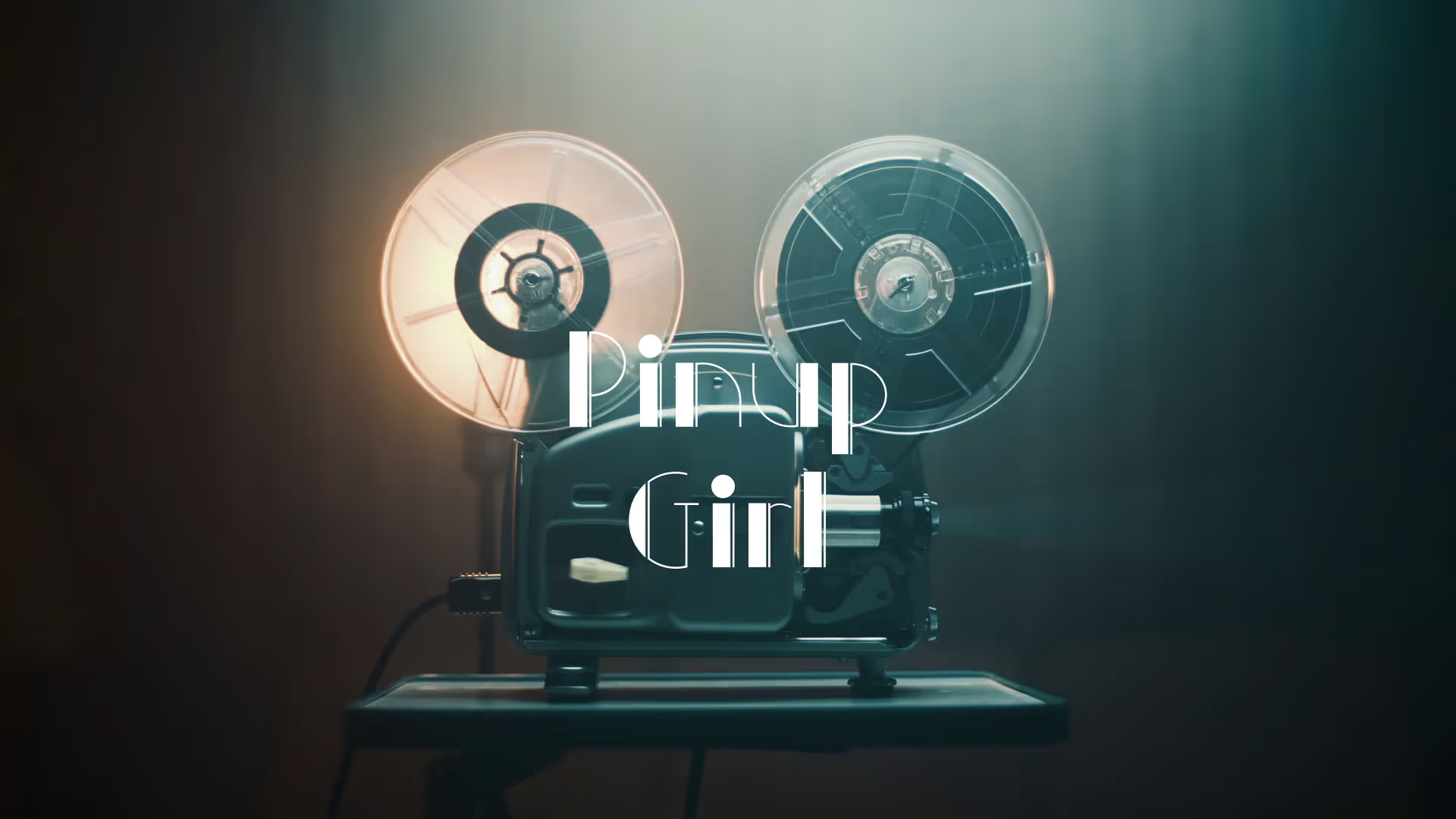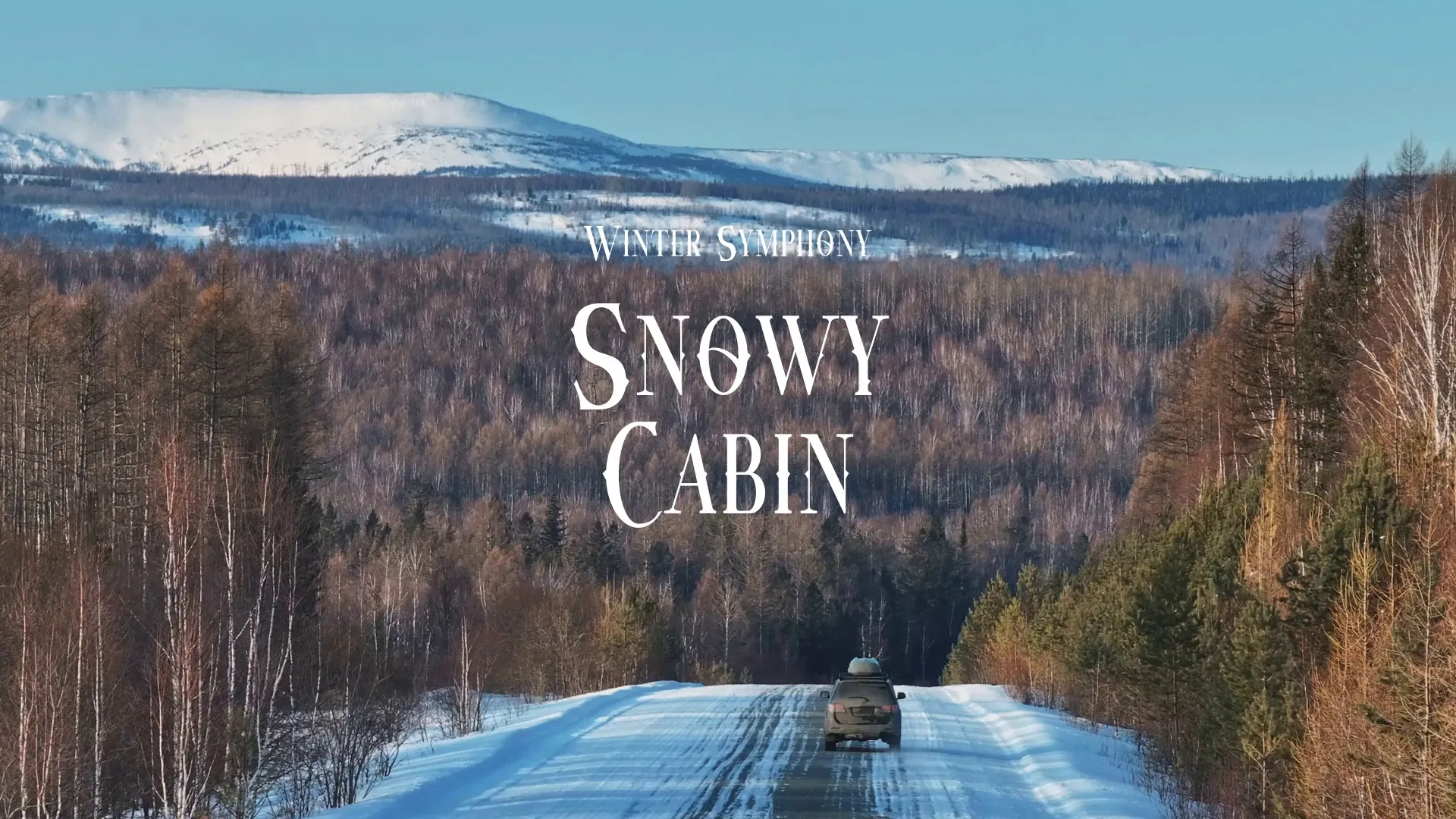AI Art and Copyright: Who Owns the Pixel?
The digital canvas has exploded with color, thanks to the rise of AI art generators. These tools, fueled by algorithms and massive datasets, can conjure breathtaking images from simple text prompts. But behind the dazzling facade lies a fundamental question: Who owns the art when a machine is the artist?
The Ghost in the Machine: Authorship and AI
Imagine a printing press churning out copies of a classic novel. The press itself isn’t the author, even though it’s physically producing the book. Similarly, an AI art generator is merely a sophisticated tool. It lacks the intent, emotion, and personal expression that define human artistry.
Copyright law, as it stands, is designed to protect the fruits of human intellect and creativity. It’s about rewarding the unique expression of an individual’s mind, not the output of a complex algorithm. Think of it as protecting the chef, not the oven. The oven is essential, but the chef’s skill and recipe are what create the dish.
The Burden of Proof: Demonstrating Human Control
The crucial element missing in AI-generated art is demonstrable human control. If you type a prompt into Midjourney and generate an image, can you truly claim authorship? How much of the final product is your creative vision, and how much is the AI simply extrapolating from its training data?
This is where the legal complexities arise. To claim copyright, you need to prove that your creative choices significantly shaped the final artwork. Showing that you tweaked parameters, ran multiple iterations, and meticulously curated the output is crucial.
Challenge: Many users treat AI art generators as “push-button” solutions. They enter a simple prompt and accept the first result, demonstrating minimal creative input.
Solution: Document your process meticulously. Keep records of your prompts, parameter adjustments, and post-processing edits. Build a clear narrative of your creative journey.
The Algorithmic Soup: Tracing Originality
Another thorny issue is originality. AI models are trained on vast datasets of existing images. How can we be sure that an AI-generated artwork isn’t simply a remix of copyrighted material? Imagine an AI trained solely on Van Gogh paintings. The resulting “original” artwork might be stylistically derivative, raising serious copyright concerns.
It’s like trying to claim copyright on a song that heavily samples another artist’s melody. The legal precedent is clear: you can’t simply repackage someone else’s work and call it your own.
Pitfall: Assuming that because the AI generated the image, it’s automatically free to use.
Actionable Insight: Perform due diligence. Analyze the generated artwork for potential copyright infringement. Use reverse image search tools to identify similar images.
The Future of Copyright: Adapting to the AI Age
The rise of AI art necessitates a re-evaluation of copyright law. We need to strike a balance between protecting human creativity and fostering innovation in the field of artificial intelligence.
One potential solution is a tiered system of copyright protection. Artworks created with significant human input could receive full copyright protection, while those generated with minimal human intervention could be granted a lesser form of protection, such as a limited-use license.
Create a free account, or log in.
Gain access to free articles, game development tools, and game assets.

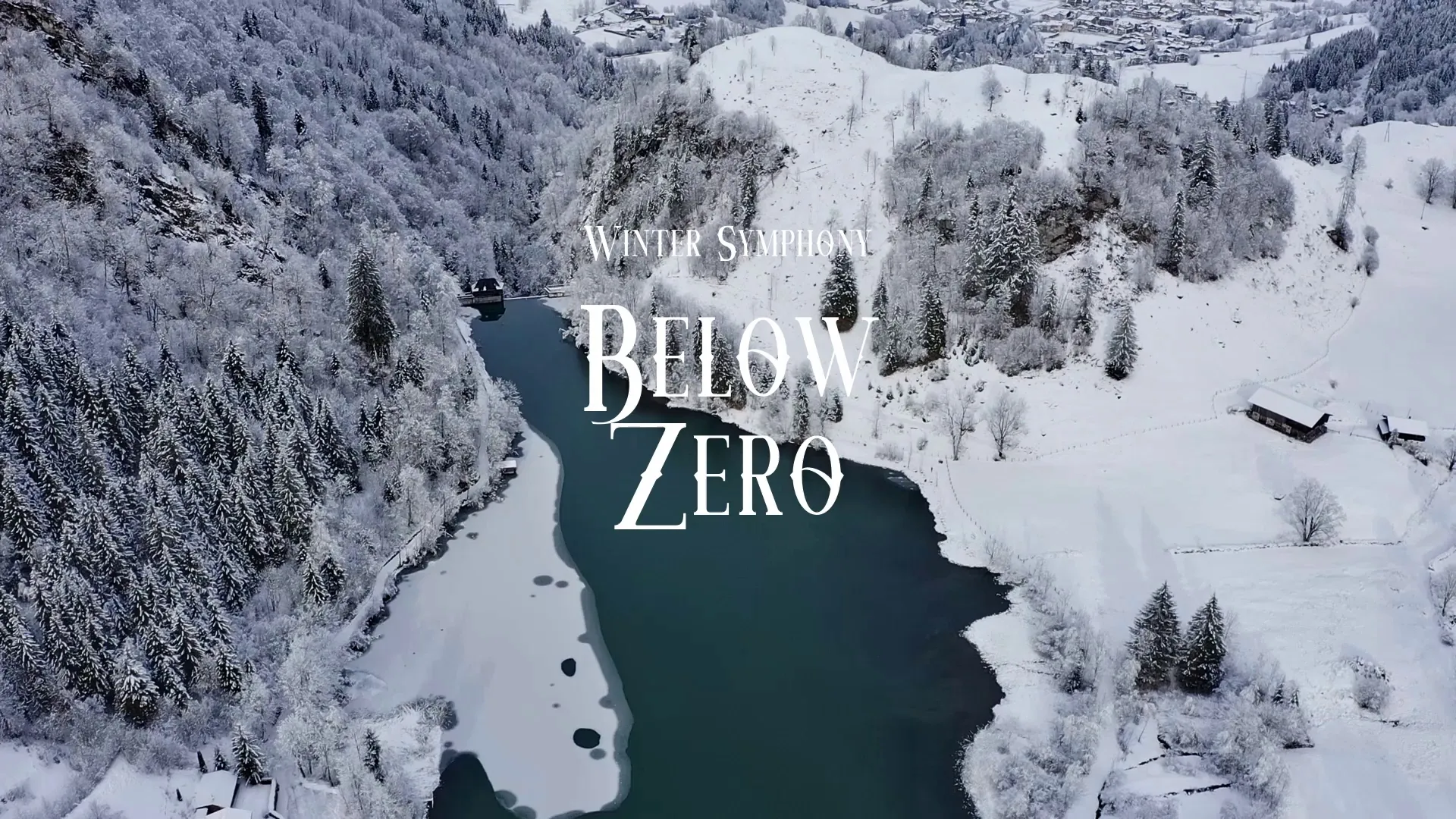
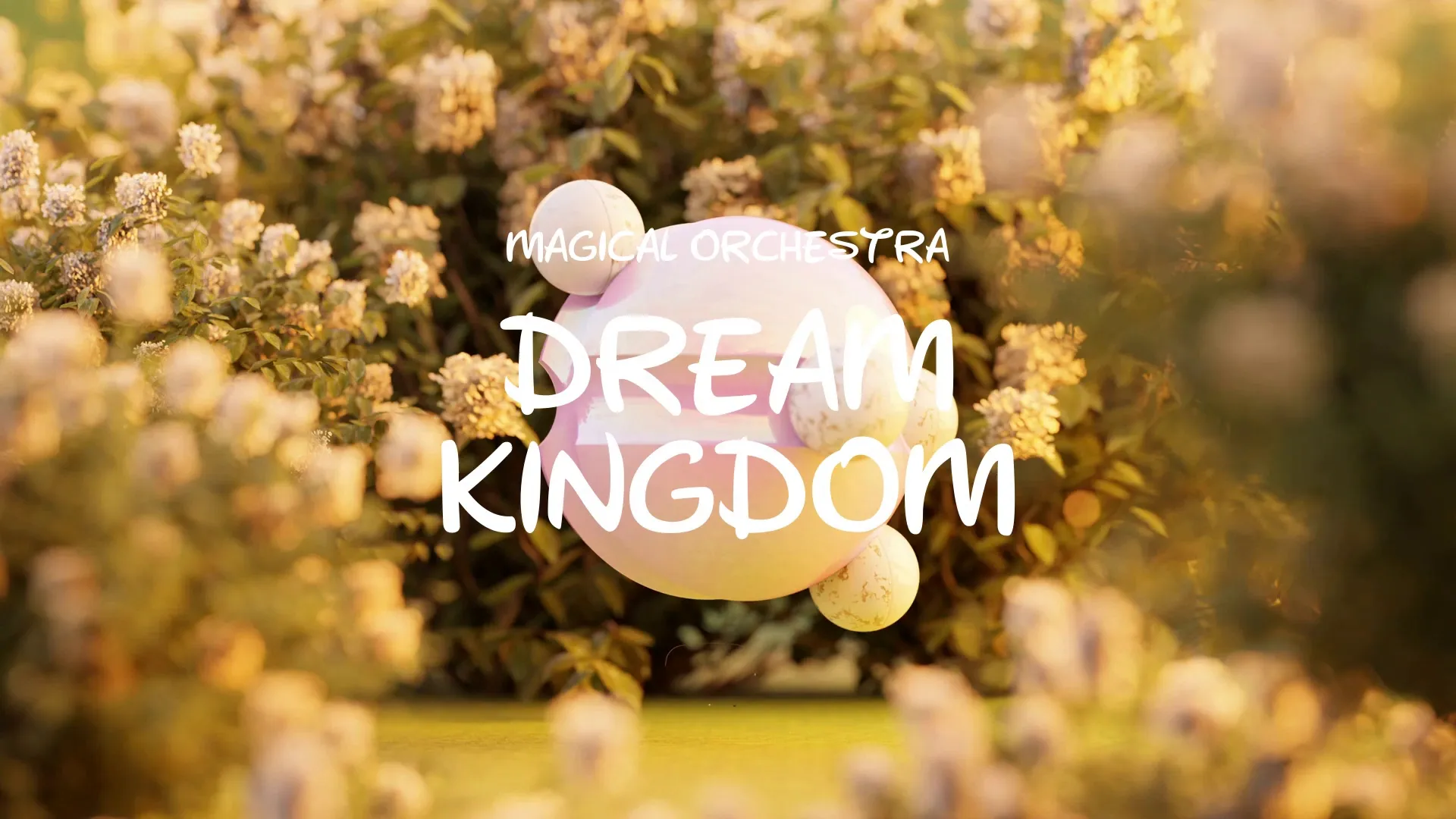

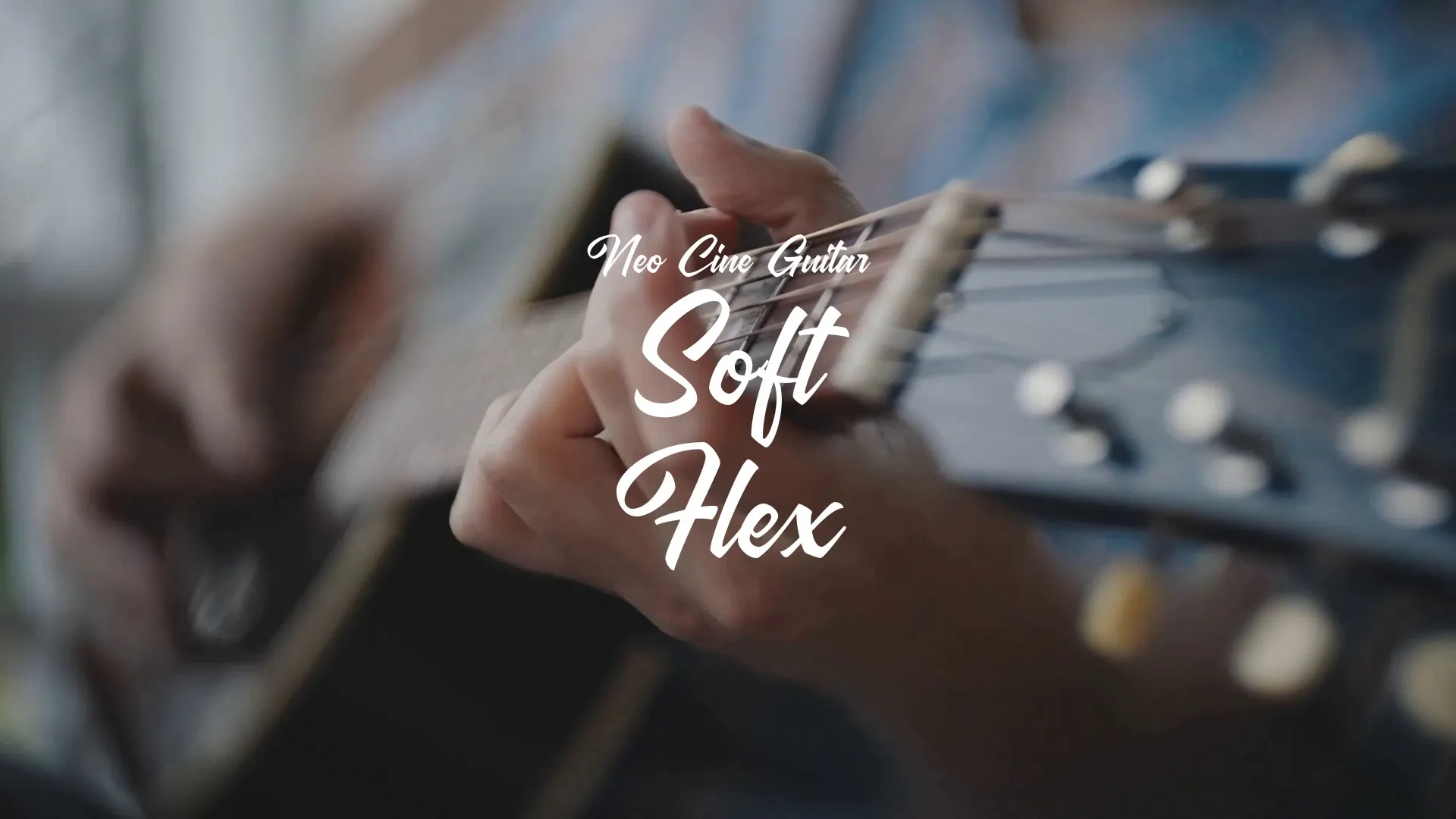
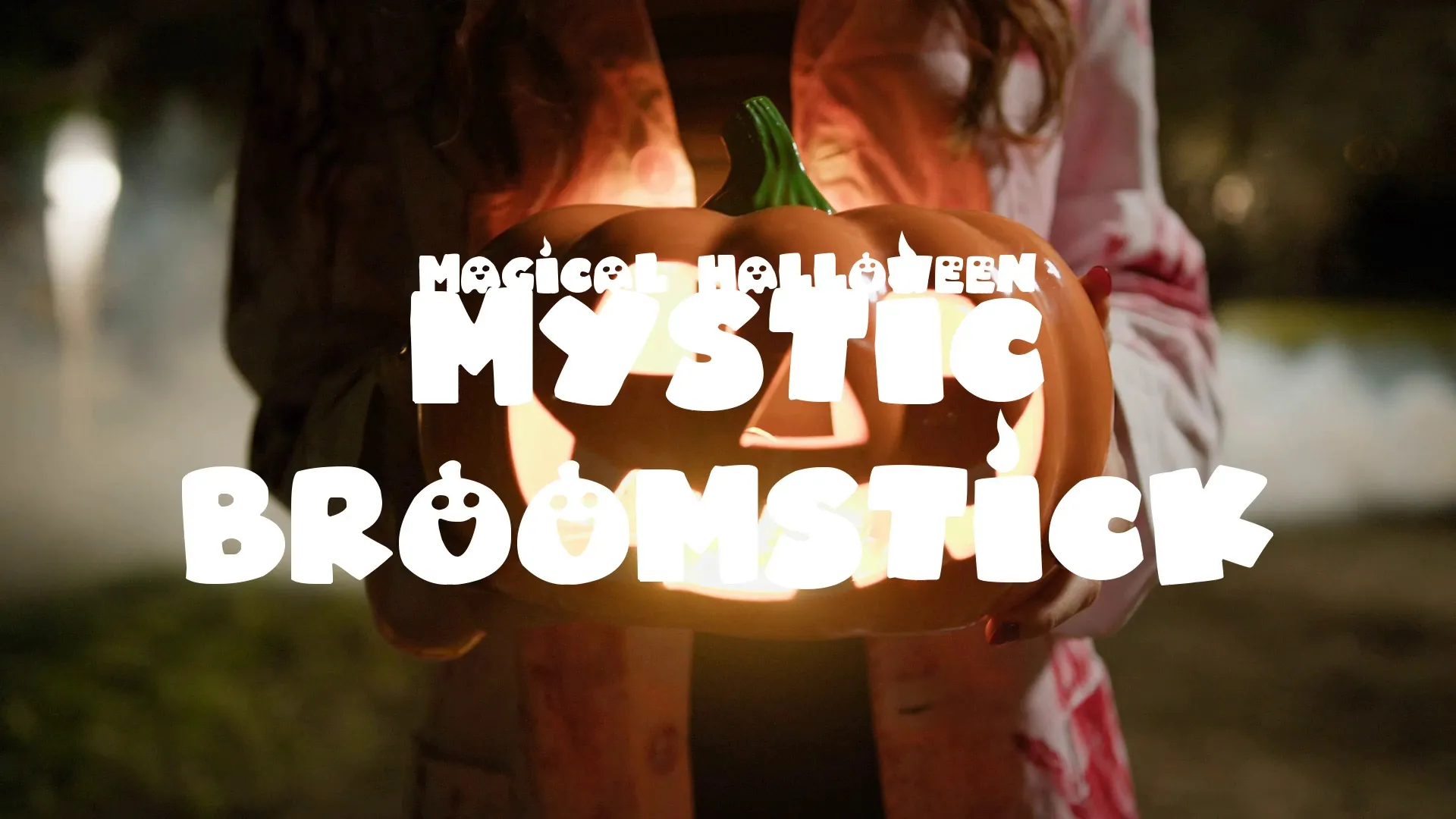


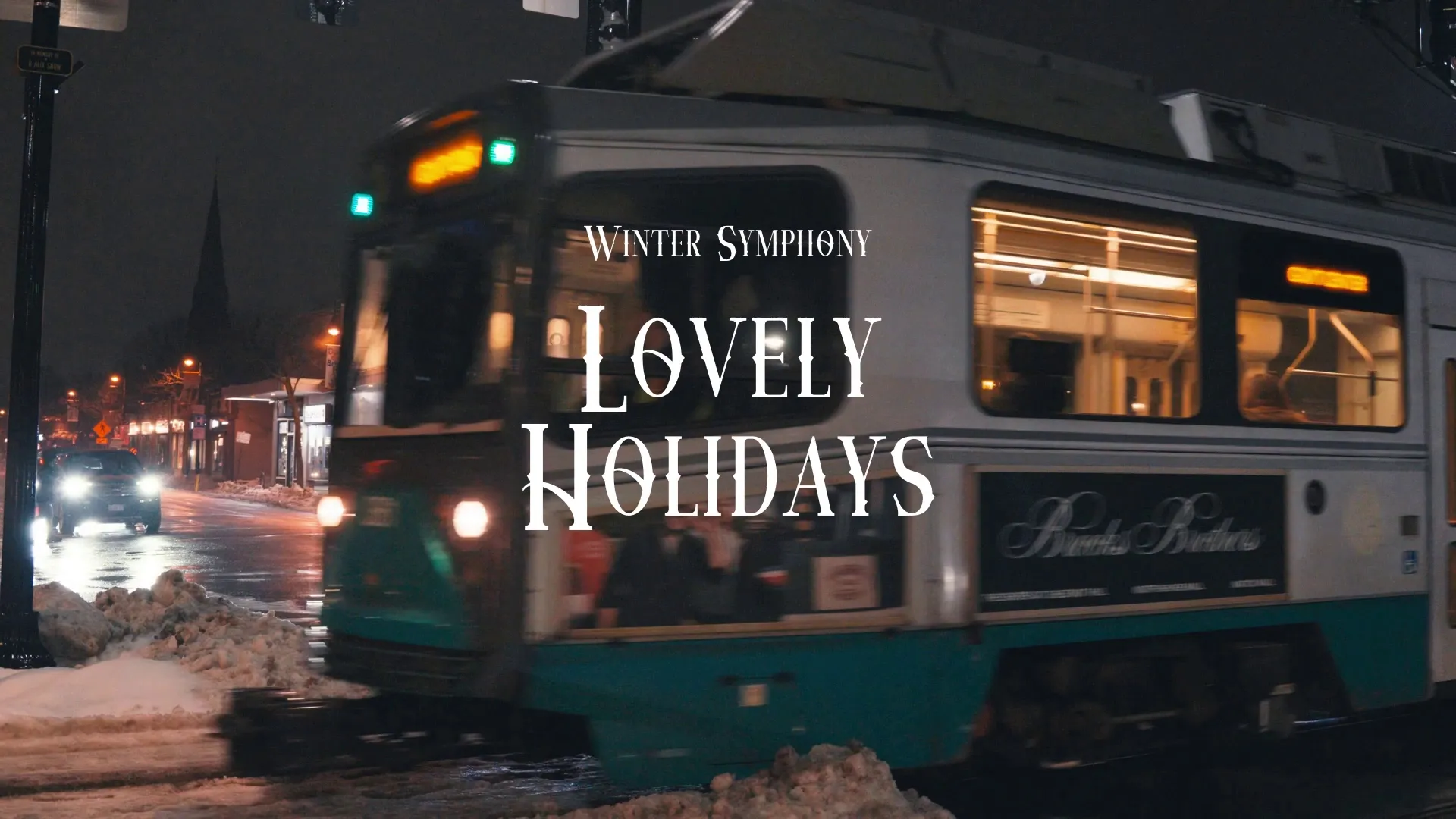
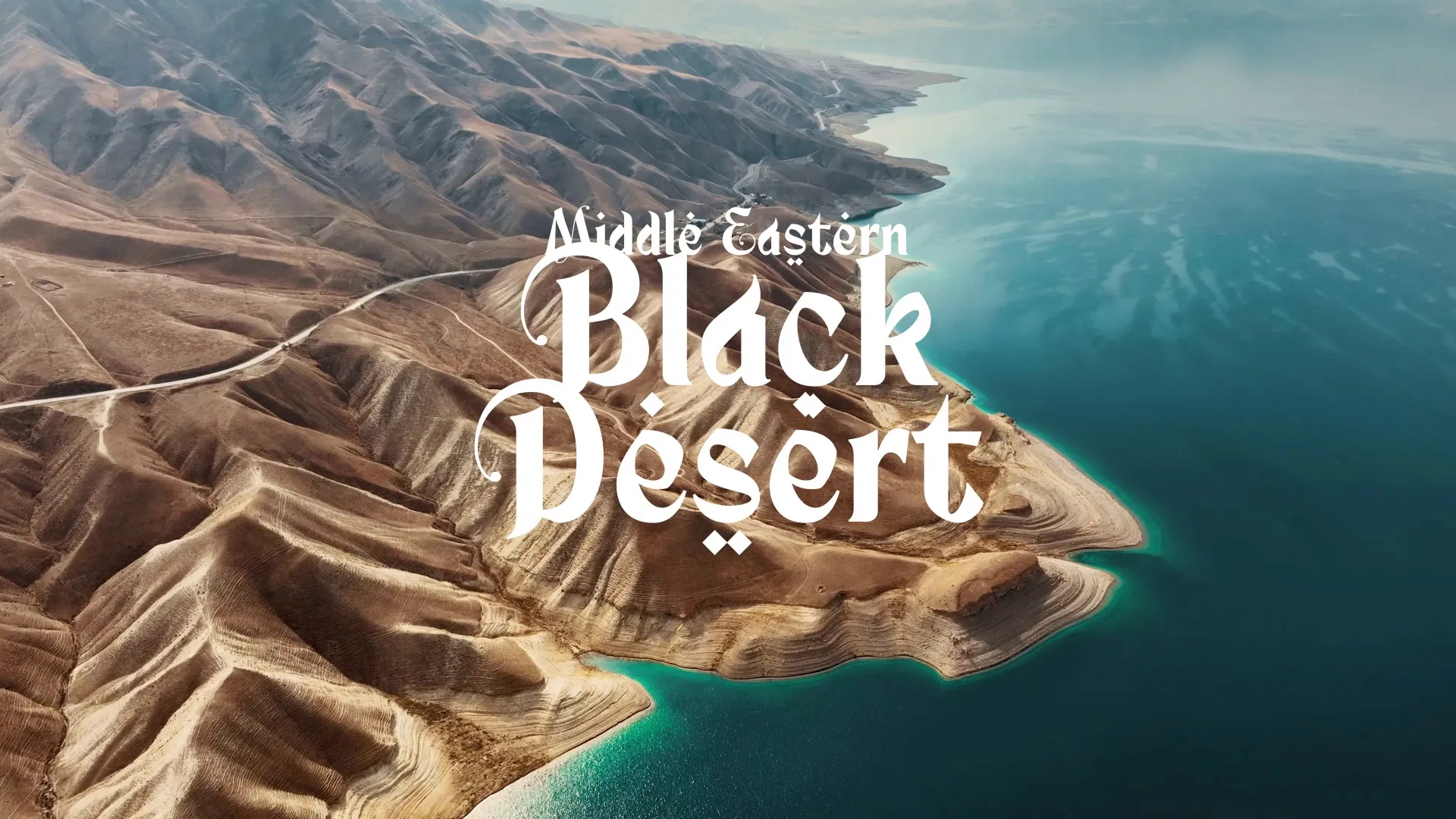
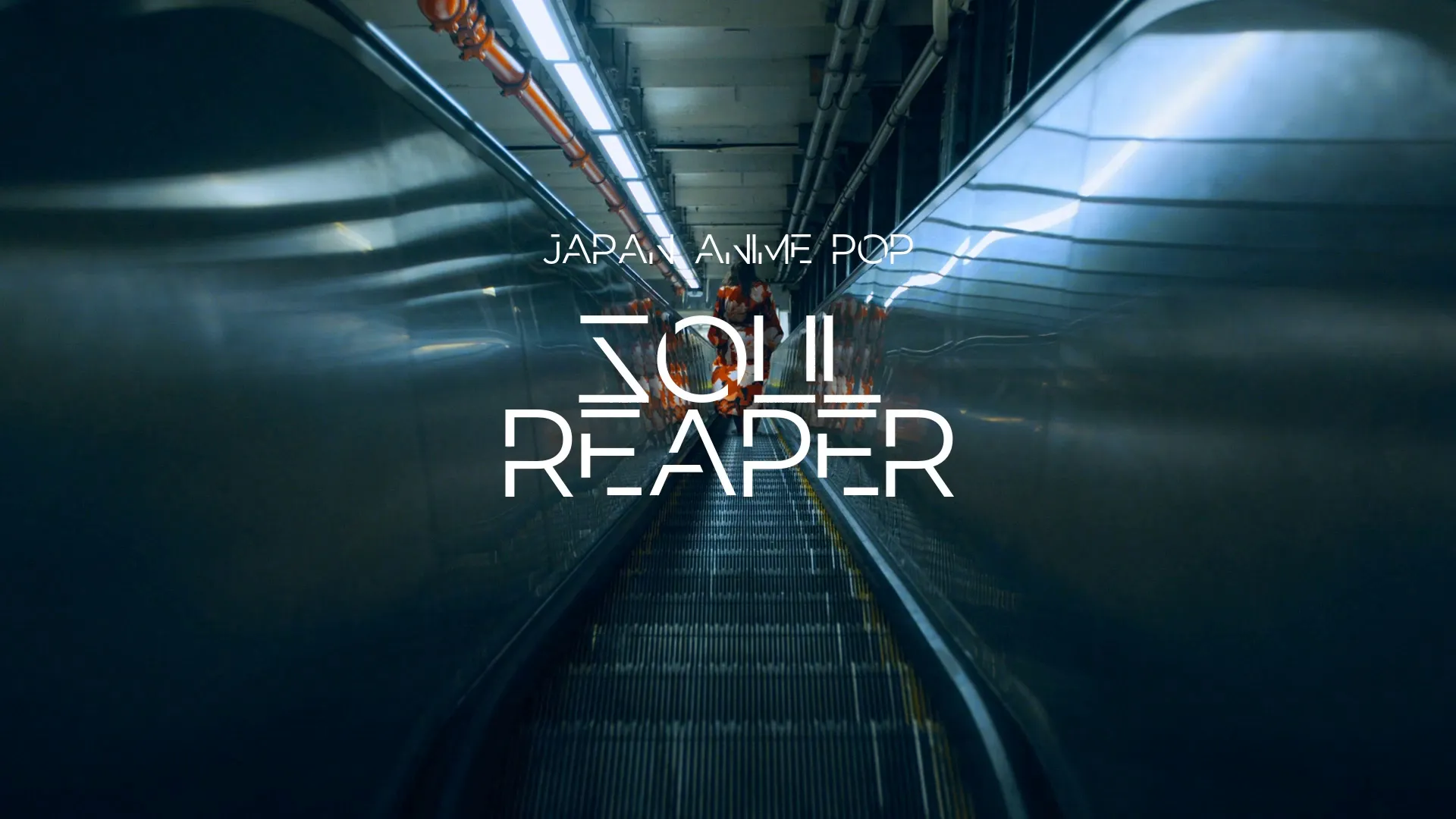
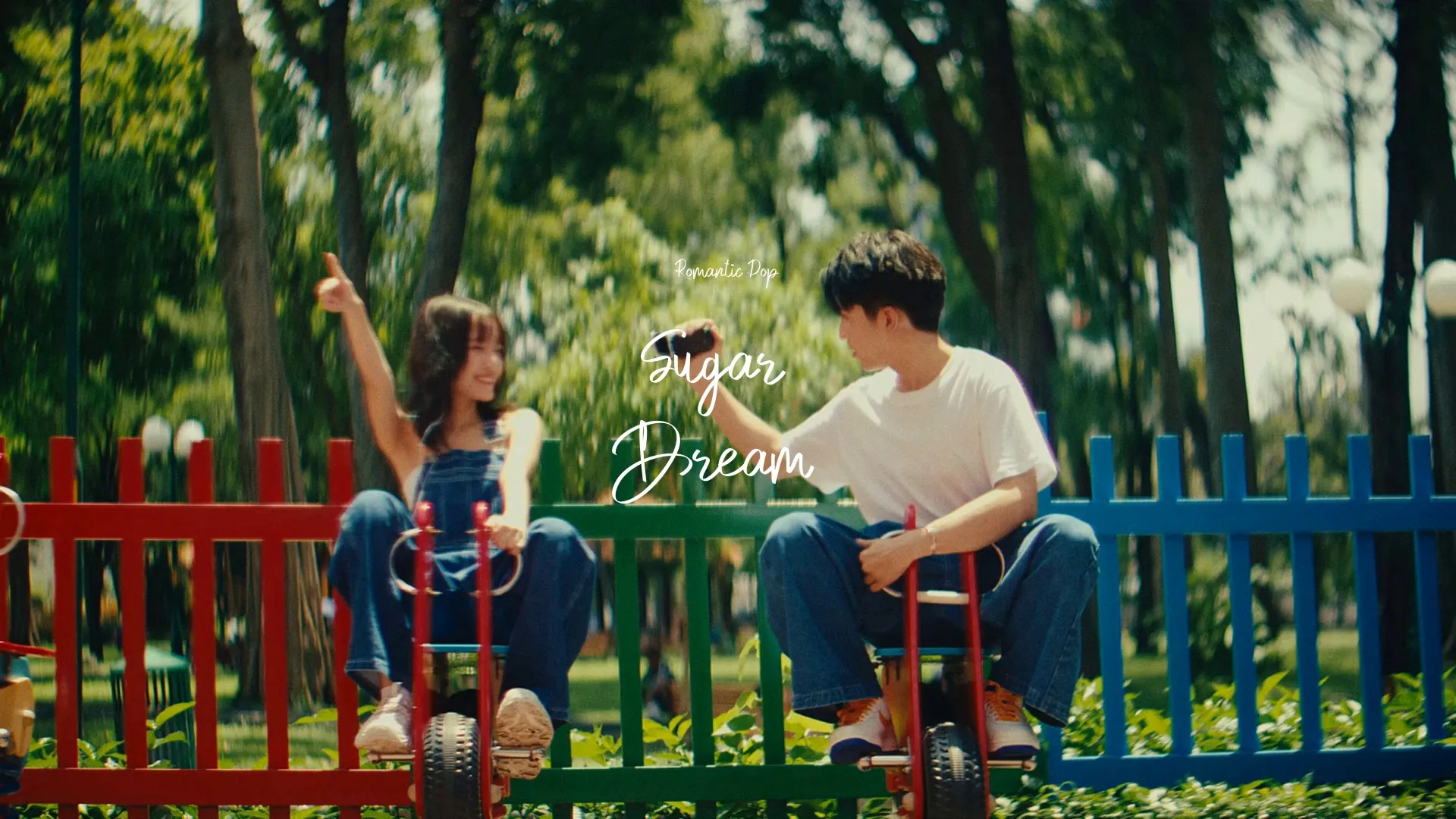
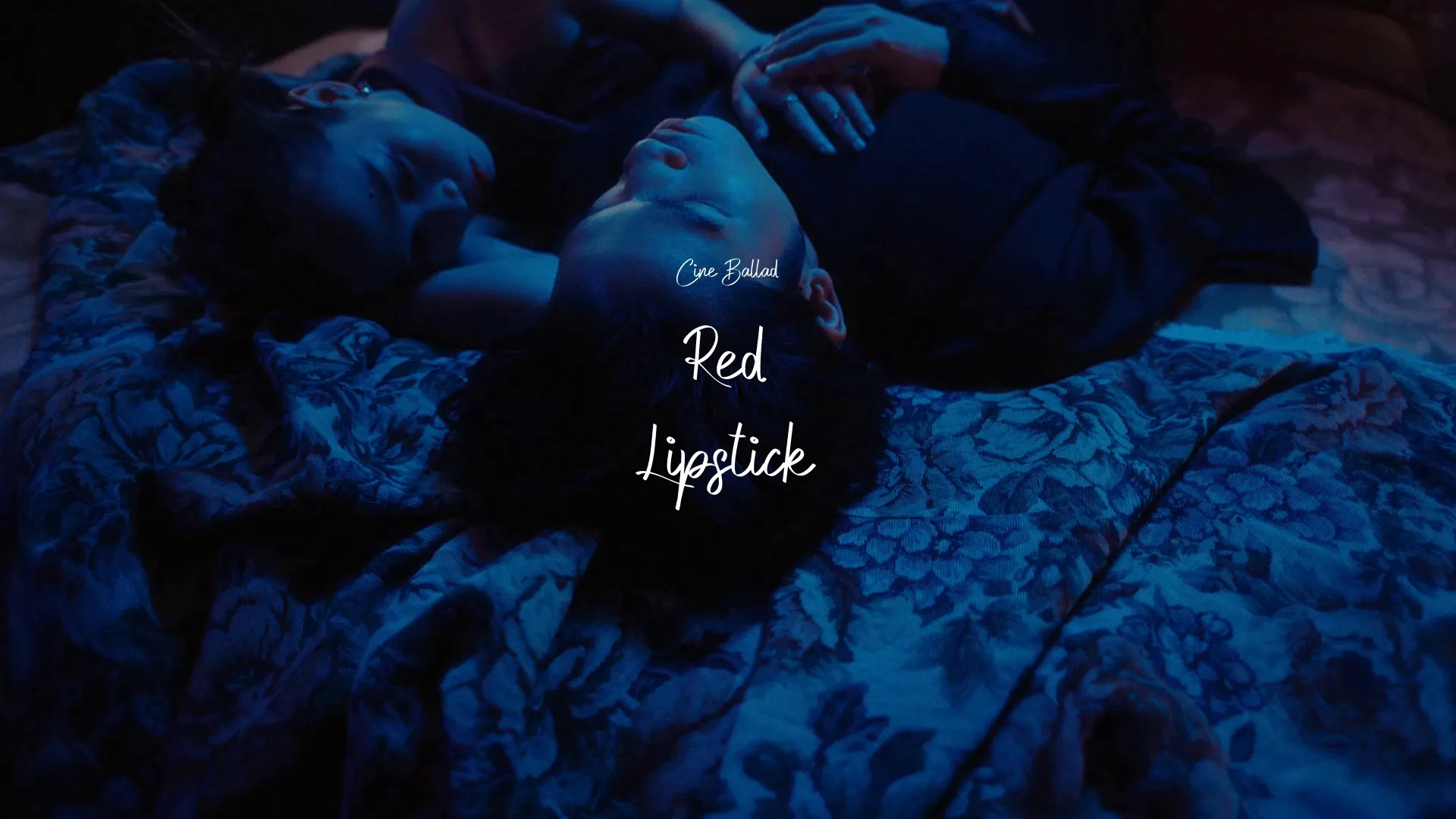
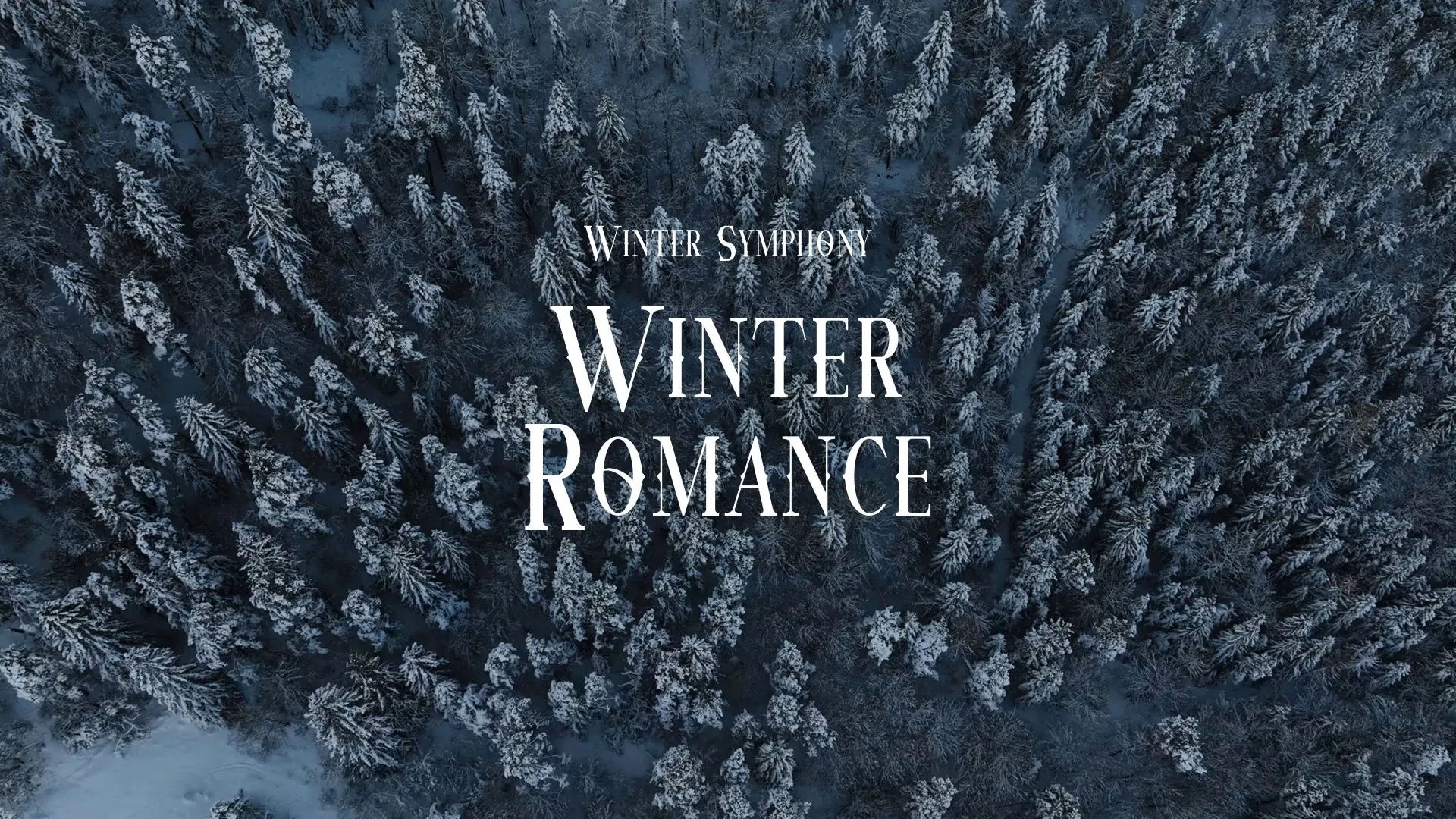

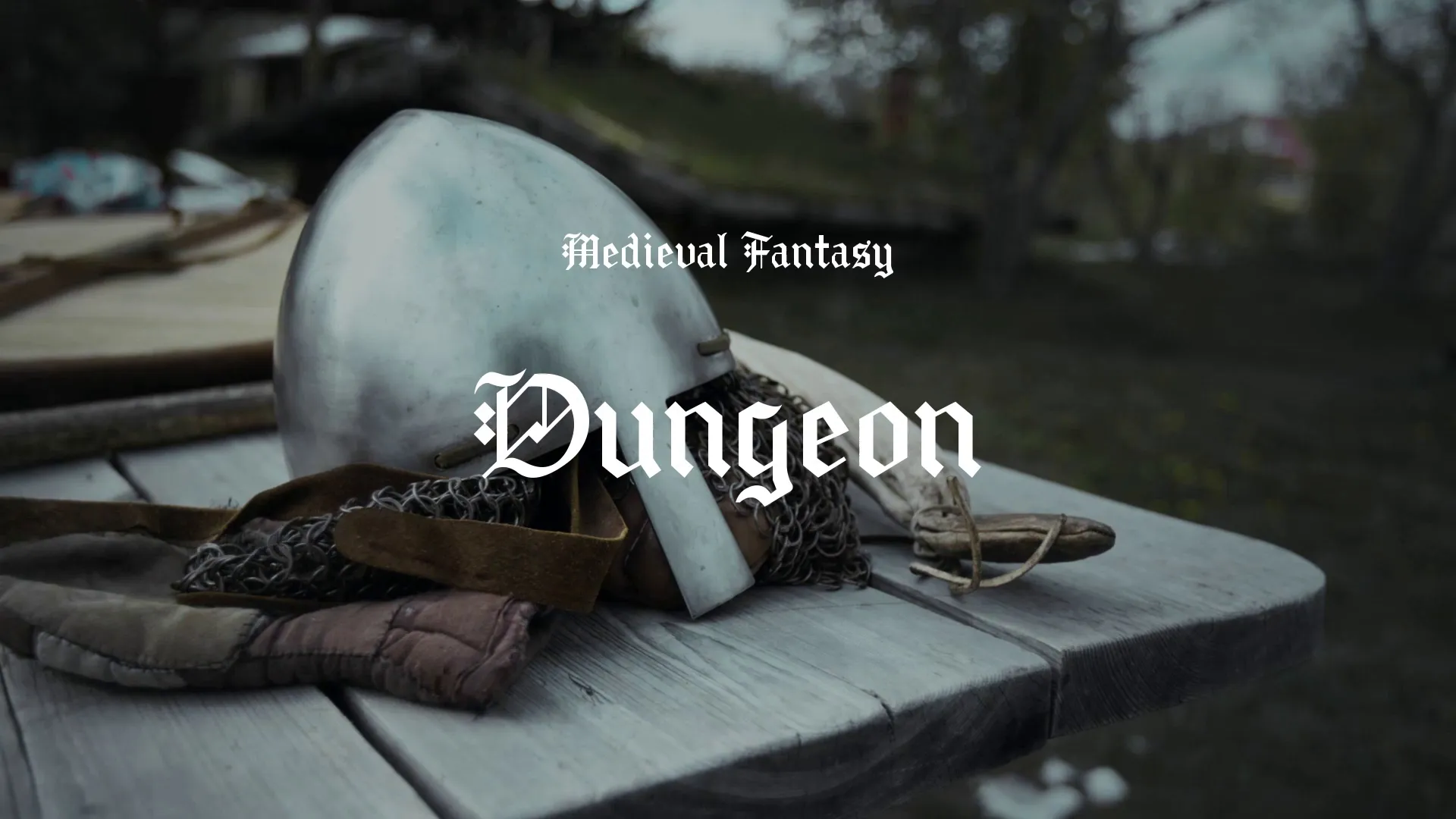
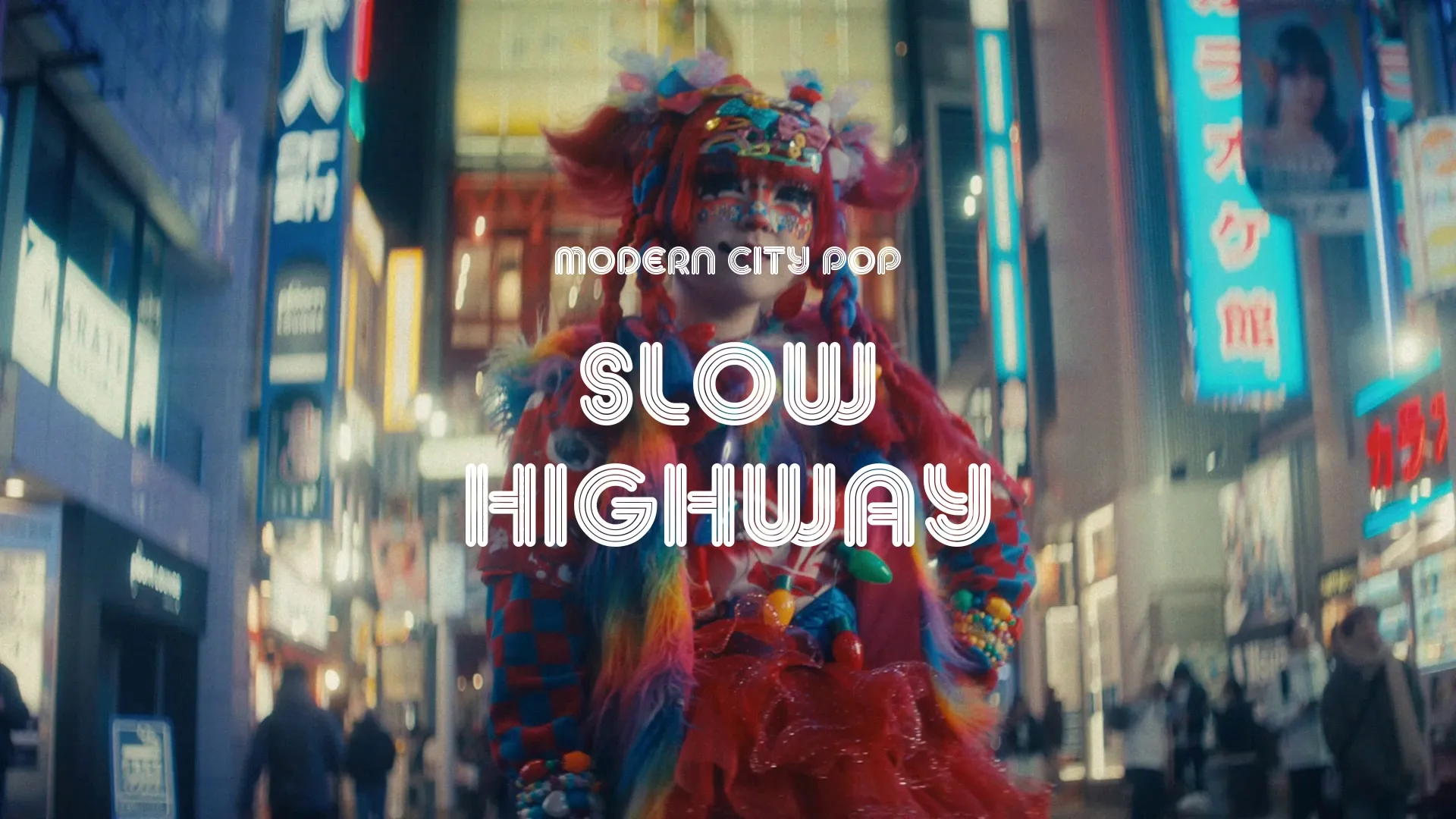
.webp)

